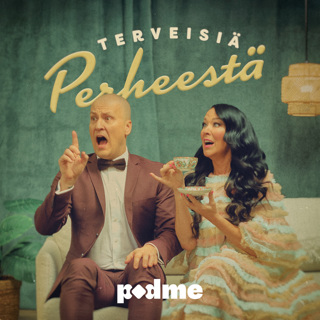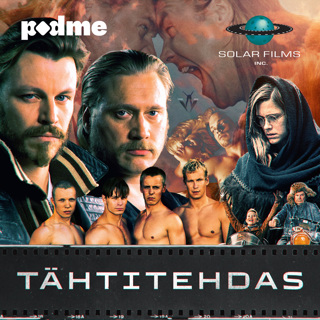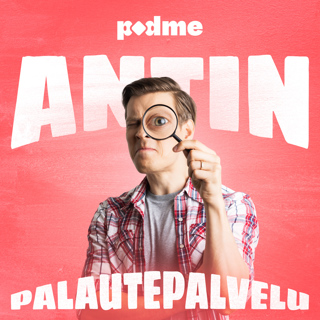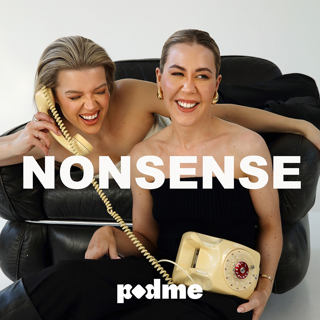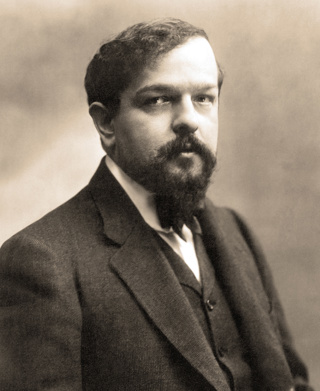
Debussy String Quartet
Just one year before Debussy wrote his legendary Prelude to the Afternoon of a Faun, he completed another groundbreaking work. It was a string quartet, which he expected to be the first of many. But in the end, it would be the only one he would ever write. If you aren't familiar with Debussy's music, this quartet might be the perfect place to start. In the string quartet, Debussy mastered for the first time many of the things that would mark his later orchestral masterpieces, like La Mer, Images, and of course the Prelude to the Afternoon of a Faun. It is full of the virtuosity and brilliance of a young composer, the experimentation of one of the true radicals of his time, and the sensual beauty from a composer who said that music should exist above all to give pleasure to the listener. Today I'll take you through the piece, discussing Debussy's Symbolist, NOT impressionist influences, his Brahmsian simultaneous embrace and destruction of musical form, and the vitality that carries you straight through one of the great string quartets of all time. Join us!
23 Helmi 202348min
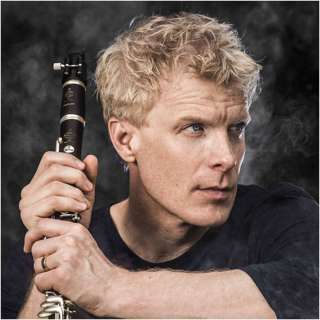
A Conversation with Martin Fröst: "The Highest Feeling You Can Get is that Someone Got Better"
Martin Fröst very well may be the greatest living clarinetist. His brilliant sound, feats of virtuosity, eclectic taste, and amazing performing ability has made him a superstar in the classical music world. I recently worked with Martin in Spain and a month later we had time to sit down and record a conversation at his home in Stockholm. This was a fascinating and wide ranging conversation talking about Martin's early experiences with the clarinet, his view on concert programming and how classical music could change, and his inspiring look at his new venture in conducting. I had such a great time in this chat and I hope you will enjoy it as much as I did. Join us!
16 Helmi 202346min
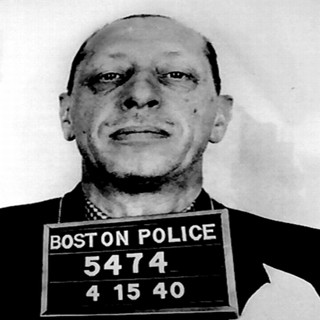
Stravinsky: The Rite of Spring, Part 2
By as early as 1909, composers like Mahler knew that tonality was reaching its breaking point, and composers like Debussy were experimenting with colors and ideas a composer like Brahms wouldn't have dreamed were possible. Strauss was shocking the world in his own right with his erotic and disturbing opera Salome. Mirroring the roiling tensions all over the world, music was pushing and stretching at its boundaries in ways that it simply hadn't before. The years from 1900-1914 were a powder keg for the world and also for music, and you could argue that Stravinsky's Rite of Spring was the musical version of the explosion of that powder keg. And it still has a profound impact on music today. So as we go through Part II of the Rite of Spring, The Sacrifice - the narrative section of the piece - we'll talk a little bit more about the riot that took place at its premiere, but also the reactions to the piece throughout the 20th century. We'll also look at the influence the piece had on composers from all across the musical spectrum. In just 30 minutes Stravinsky changed the world of music forever and it still causes controversy today. I once was at a performance of the Rite where two elderly patrons of the symphony sat behind me. As one particularly violent section of the piece blasted away, I heard one of them lean over to the other and say, "If they keep playing this modern music all the time, I'm cancelling my subscription." This took place more than a 100 years after the premiere. How does a piece remain modern for so long? Are there any other parallels in musical history? And how does Stravinsky build a narrative that slowly builds in intensity all the way to the sacrifice of the young girl and the beginning of spring? Join us!
9 Helmi 202344min

Stravinsky: The Rite of Spring, Part 1
The most famous thing about Igor Stravinsky's Rite of Spring is the riot that took place at its premiere. Perhaps its overcompensating for classical music's reputation for being a bit stuffy, but musicians and musicologists LOVE talking about the riot at the Rite of Spring, and I'm no exception. But you might be surprised to know that the Rite Riot was by no means the only disturbance at a classical concert. There are myriad stories of chaos at concerts throughout musical history, but none of them are as famous as what happened on May 29th, 1913. We'll talk about the riot, why it happened, and its aftermath. We'll also discuss this groundbreaking piece, which was revolutionary in almost every way, while being more grounded in the past than you might think. As the great writer Tom Service says, "there's nothing so old as a musical revolution." Join us this week for part 1, the Adoration of the Earth!
2 Helmi 202345min

Stravinsky: Petrouchka
If you listened to my show last week about Stravinsky's ballet The Firebird, you know that Stravinsky's life was never the same after the premiere of the ballet in 1910. Sergei Diaghilev, the founder of the Ballets Russes and Stravinsky's greatest collaborator, said just before the premiere, "this man is on the eve of celebrity." Diaghilev was absolutely right, as The Firebird made Stravinsky a Parisian household name practically overnight. Of course, immediately everyone wanted to know what was next. Stravinsky did too, and he was thinking that he needed to stretch himself even more, as even though the Firebird had caused a sensation, he still felt that it was too indebted to his teachers of the past like Nikolai Rimsky Korsakov and other Russian greats like Borodin or Mussorgsky. At first, Stravinsky dreamed of a pagan Rite, but quickly he changed course, wanting to write something that was NOT ballet music, and in fact would be a concerto for Piano and Orchestra. But instead of just a straight ahead abstract piece, Stravinsky had yet another story in mind. This time it was this: "In composing the music, I had in mind a distinct picture of a puppet, suddenly endowed with life, exasperating the patience of the orchestra with diabolical cascades of arpeggios. The orchestra in turn retaliates with menacing trumpet blasts. The outcome is a terrific noise which reaches its climax and ends in the sorrowful and querulous collapse of the poor puppet." Diaghilev visited Stravinsky in Lausanne Switzerland expecting to hear more about the pagan rituals Stravinsky had been so excited about, but instead Stravinsky played him this strange piano concerto. But Digahliev, ever the visionary, saw the potential in this story and in this music for dance as well, and convinced Stravinsky to turn the piano concerto into a ballet, and Petrushka was born. Within a few months, Petrushka was written, performed, and was yet another sensation. Today, we'll talk all about the brilliant music that Stravinsky composed for the ballet, the integration of choreography and music, and the radical changes that this music heralded for the western music world.
27 Tammi 20231h 3min
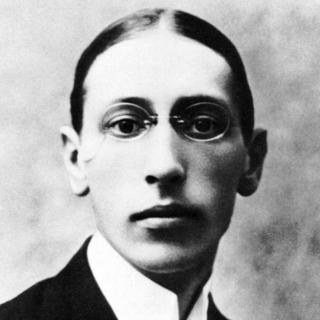
Stravinsky: The Firebird
In 1906, the impresario Sergei Diaghilev created a sensation in Paris with an exhibition of Russian Art. This was the first time a major showing of Russian art had appeared in Paris, and from this point forward, the city was obsessed with Russian art, literature, and music. Diaghilev, ever the promoter, then put together the Ballets Russes, the Russian Ballet, in 1909, a company based in Paris that performed ballets composed, choreographed, and danced, by Russians. Over the next 20 years, the Ballets Russes became one the most influential and successful ballet companies of the entire 20th century, and a young composer that Diaghilev plucked from obscurity named Igor Stravinsky had a lot to do with their success. The first season of the Ballet Russes relied on the big names of Russian music, like Borodin, Tchaikovsky, Rimsky Korsakov, but Diaghilev was always restlessly searching for something new. For many years, Diaghilev had wanted to bring not only new Russian art, but also new Russian music to the West, and now he had found the perfect combination - Diaghilev brought together the Russian artist and writer Alexandre Benoit and the Russian choreographer Michel Fokine to create a Russian nationalistic ballet based on Russian folk tales and mythology. He then took a risk, giving the commission for the music to Igor Stravinsky. The result? The Firebird, a ballet that provoked an ecstatic reaction, a score that would propel Stravinsky to worldwide popularity, 3 different orchestral suites played almost every year by orchestras all over the world, and a 19 year collaboration and friendship between Stravinsky and Diaghilev which only ended in Diaghilev's death and resulted in 8 original ballets, including The Rite of Spring and Petrushka. But, let's not get too ahead of ourselves. All of this had to start somewhere, so lets explore the Firebird, in all of its different versions and orchestrations, along with the folk tales and stories that go along with it. Join us!
19 Tammi 202345min
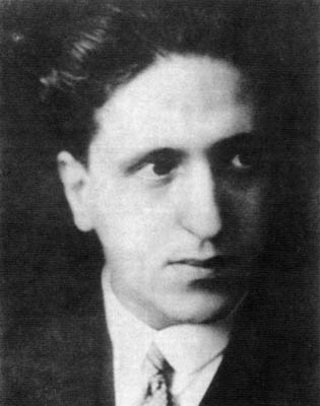
Pavel Haas, Symphony
This February, I have the great honor of joining the Indianapolis Symphony for the North American premiere of Pavel Haas' remarkable unfinished symphony. Pavel Haas, a Czech Jewish composer, wrote the existing music for his symphony between 1940 and 1941 before his deportation to the Terezin ghetto/concentration camp. He was a full participant in the well known cultural activities of the camp, but was unable to complete the symphony before he was murdered in Auschwitz in 1944. What Haas did manage to complete is not just a piece that is worth hearing as a historical curiosity, but is one of the towering testaments of both the time in which it was written, and of the unique and innovative Czech symphonic tradition. We are left with 1 fully completed movement, one fully sketched movement, and a "torso" of a third movement. The symphony was completed by the Czech composer Zdenek Zouhar after World War II. The story of Haas' death, which we will learn about on the show today is, of course, devastating. Hearing his music reminds all of us of the individual voices that we have lost. The voices of the 6 million Jews, and 6 million others whom the Nazis murdered. But this music also reminds us of the proof that Pavel Haas lived. Haas was one of the truly unique composers of the 20th century, and while his tragic story cannot be detached from his music, the music itself transcends its time and acquires the universality of all great music. It Is truly an honor to be bringing this music to the North American stage for the first time, and at a time of rising Anti-Semitism around the world, I hope that his story, his music, and his voice, will reach far and wide. Join me to learn about this remarkable work.
12 Tammi 202357min
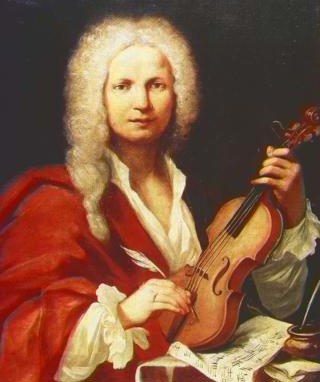
Vivaldi, The Four Seasons
Ask a non-classical music fan to name a piece of classical music. If they don't say Beethoven 5, or the Ode to Joy, they probably will say The Four Seasons. They might not know that it was written by Vivaldi, but the Four Seasons are a set of pieces that have made that leap into popular culture in a way that almost no other classical composition has. The Four Seasons have been remixed, reimagined, rearranged, and recycled so many times that most classical musicians barely suppress an eye roll when they see them programmed or hear them mentioned. For some classical musicians, especially the ones that disdain anything to do with pop culture, the Four Seasons represent kitsch in classical music, an overplayed and overrated set of violin concertos that could easily be put away forever. But that's a huge mistake on our part. For me, the Four Seasons are a masterpiece from a criminally underrated composer. They show a remarkable level of creativity, innovation, and ingenuity, and when you strip back the layers of accumulated traditions, all the remixes and "improvements" of them, you're left with pieces that are way way way ahead of their time, and as exciting and fresh to listen to as they must have been when Vivaldi first wrote them. So today I'm going to take you through the Four Seasons - we'll talk about Vivaldi's place in musical history, program music and what that meant in Vivaldi's time, and how music can portray nature. And I'll try to convince any skeptical listeners out there that these pieces, far from being overplayed cliches, are actually underplayed, at least in their original form. Join us! Recording: Janine Jansen with Amsterdam Sinfonietta. Link to video here: https://www.youtube.com/watch?v=zzE-kVadtNw
22 Joulu 20221h 5min







